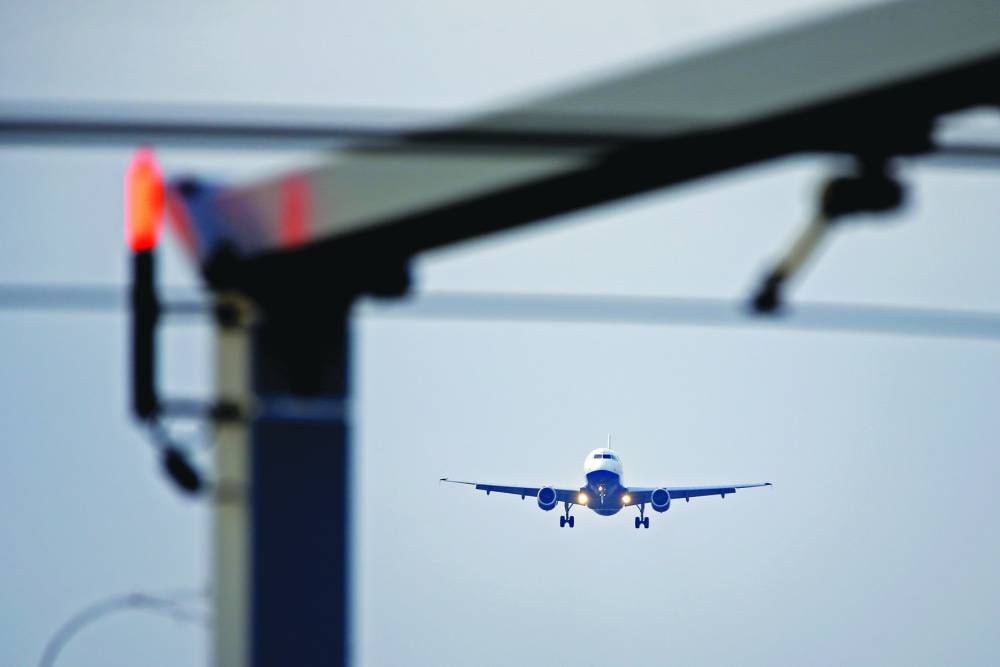The airline industry believes its overall financial performance may improve in 2025 on the back of lower jet fuel prices and efficiency gains.
Lower oil prices and resulting fuel costs are a major driver of improved prospects for airlines this year. Should these not materialise for any reason and considering the industry’s thin margins, the outlook could change significantly, according to the International Air Transport Association.
However, the global average jet fuel price rose 5.6% to $99.91/barrel in the week ending January 17, compared to the week before, IATA said in its latest update.
In 2025, IATA expects jet fuel is expected to average $87/barrel (down from $99 in 2024), based on a jet fuel crack spread of $12 per barrel and a crude oil price of $75/barrel (Brent).
As a result, airlines’ cumulative fuel spend is expected to be $248bn, a decline of 4.8% despite a 6% rise in the amount of fuel expected to be consumed (107bn gallons).
Fuel is expected to account for 26.4% of operating costs in 2025, down from 28.9% in 2024, IATA noted.
Cost of compliance with CORSIA (purchasing carbon credits) started to be realised in 2024 and is estimated at $700mn, rising to $1bn in 2025. The costs for the limited quantities of sustainable aviation fuel available are expected to add $3.8bn to industry fuel costs in 2025, up from $1.7bn in 2024.
Jet fuel demand has also stabilised as air traffic has largely recovered from pandemic lows. The Energy Information Administration estimated jet fuel demand averaged about 1.65mn barrels per day (bpd) in 2024, 2% above the 2023 average of 1.617mn bpd.
IATA estimated demand for air travel this year will rise by 8%, with an estimated 40mn departures globally. That may not, however, translate into a corresponding increase in fuel demand thanks to the deployment of more efficient aircraft, according to MarketWatch.
Increased availability of SAF will be one of the larger issues affecting the airline industry in 2025, MarketWatch noted.
The Carbon Offsetting and Reduction Scheme for international aviation aims to stabilise global aircraft carbon emissions to 2020 levels. The voluntary first phase began in 2024 and runs through 2026. The second, mandatory, phase, is set to run from 2027 through 2035.
SAF is likely to provide most of the early term emission reductions in becoming more available. IATA said about 330mn gallons of SAF was produced worldwide in 2024. That's double the amount made in 2023 and output is expected to continue to rise in 2025, with IATA projecting production at 713.26mn gallons.
Still, SAF production represents a fraction of the airline industry's total fuel consumption. The 330mn gallons made in 2024 is less that one day's worth of global aviation industry demand of 336mn gallons/day. IATA said the actual growth has fallen short of expectation.
Even so, SAF will become a bigger part of the jet fuel market in 2025. IATA reported 70 airlines have signed voluntary commitments to buy about 11.5bn gallons of SAF by 2030.
SAF remains more expensive than conventional jet fuel and will likely boost carriers' total fuel costs, MarketWatch said.
IATA said the industry in 2024 paid about $700mn to meet CORSIA obligations and projects that will rise to $1bn next year. SAF is expected to add $3.8bn to fuel costs in 2025 – more than double the $1.7bn addition seen this year for SAF use.
"SAF volumes are increasing, but disappointingly slowly," IATA's Director General Willie Walsh noted recently.
"But make no mistake that airlines are eager to buy SAF and there is money to be made by investors and companies who see the long-term future of decarbonisation."
Elevated fuel costs, combined with significant taxes and airport fees, often get passed on to airline consumers, affecting ticket affordability.
Projections suggest that while jet fuel prices may remain stable, they will continue to impact the cost structure of airlines.
This ongoing economic uncertainty requires the industry to navigate challenges with resilience and adaptability.

An airplane prepares to land at Cointrin airport in Geneva, Switzerland. Lower oil prices and resulting fuel costs are a major driver of improved prospects for airlines this year. Should these not materialise for any reason and considering the industry’s thin margins, the positive outlook could change significantly, according to the International Air Transport Association.

